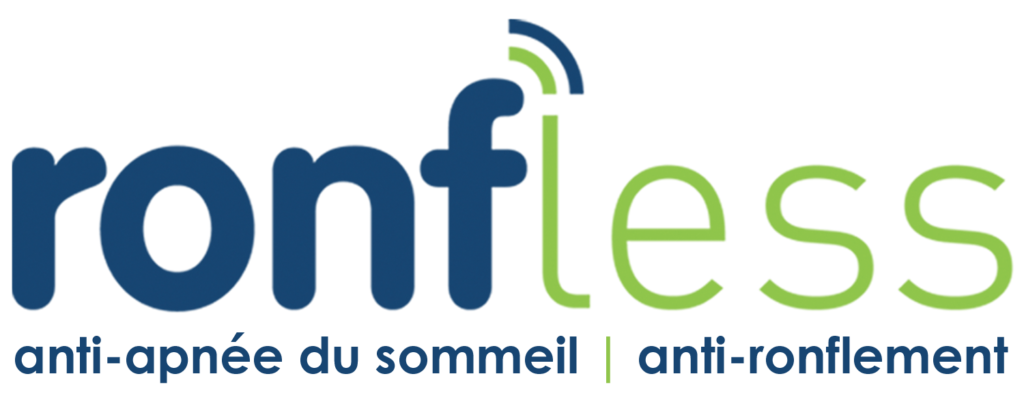Why Restorative Practices Reward All Pupils
Did you know that may also be percentage belonging to the achievement gap between students of color plus white college students is the result of punitive train? African American as well as Latino youngsters are much more likely to handle school pause and expulsion— even for the similar behaviors— as compared with white young people.
As a step to this inequitable school model of punitive discipline measures, restorative healing practices are growing in educational institutions across the location.
I asked Brian H. Lopez, Ph. Deb., a research scientist with the Committee in charge of a particular competition, golf course, rules of golf committee, etc. for Children, to share his capabilities on the up-to-date status in addition to future guidelines of training in classes.
EDUTOPIA: What is the current reputation of the discipline system and such practices seeing that zero threshold?
DR . BRIAN SMITH: Pause and renvoi disrupt students’ learning plus erode their connection to the school. More than that, nonetheless , recent research conducted by just sociologists Brea Perry and even Edward Morris shows that exclusionary discipline at the same time harms the “ helpful achievement for non-suspended students” (American Sociological Review, Dec 2014, volume. 79, no . 6, 1067-1087).
Suspension fees increased dramatically in the nineteen nineties as classes embraced zero-tolerance discipline policies. But these are actually approaches the fact that criminalize misbehavior without eliminating it. This type of punitive self-control is a been unsuccessful strategy this harms the training of scores of students, especially the most beggarly.
EDUTOPIA: The reason why do you think most of these practices remain a problem?
DR . JOHN SMITH: Part of the value of research is it helps united states question together with test stuffs that seem apparent homework services but may not true. The removal of students when they are struggling that will behave could appear effective because pupils don’t reason difficulties in school if she or he is not right now there. But the new research plainly shows the particular longer-term unintended side effects of this punitive approach, notably on students of color who have particularly need strong cable connections to school in addition to who often face a number of challenges to varsity success.
EDUTOPIA: There has been an expanding emphasis lately on deterring and restorative healing approaches. The definition of they and also the do they are best?
DR . JOHN SMITH: We’ve got only a short while ago begun to know how the child years stress and even adversity incredibly affect progress and hinder students’ capability to behave to see in school. We tend to also just understand the worth for all babies, especially people that struggle, having supportive college environments just where they look accepted. Research shows it happens to be effective to offer clear requirements for conduct, teach competencies needed to achieve the school setting, and improve with problems with methods to strengthen relationships and romances, rather than push students away.
Schools wanting to create a beneficial school community and interact in an effective way when problems conduct arise are increasingly switching to restorative strategies. According to the Overseas Institute just for Restorative Techniques, “ The goal of restorative procedures is to acquire community and to manage discord and stresses by correcting harm and also building marriages. ”
Restorative practices reinforce students’ cable connections to the two staff and various other students, which is the reason restorative practices support both prevention plus response. Concentrating on positive connections and guidance contributes to having a positive school environment. Repairing problems and reestablishing relationships soon after transgressions helps keep students associated with a positive institution community.
EDUTOPIA: How do those practices correspond with social-emotional in addition to character advancement?
DR . BRIAN SMITH: Most of these approaches connect two critical character degree principles: delivering students through opportunities intended for moral motion and developing a caring classes community.
Clear expectations, acceptable consequences, and also restorative chitchats and arrangments made only operate when learners have self-regulation, emotion know-how, and cultural skills— skills taught thru social-emotional learning (SEL). Social-emotional competence makes and encourages all little ones for the intelligent and ethnical challenges belonging to the formal institution environment.
Regenerative practices this build constructive school problems and healthy relationships depend upon the foundation offered by SEL: students’ abilities to adopt other’s points of views, be aware of his or her thoughts and feelings, pass on effectively, as well as solve challenges.



